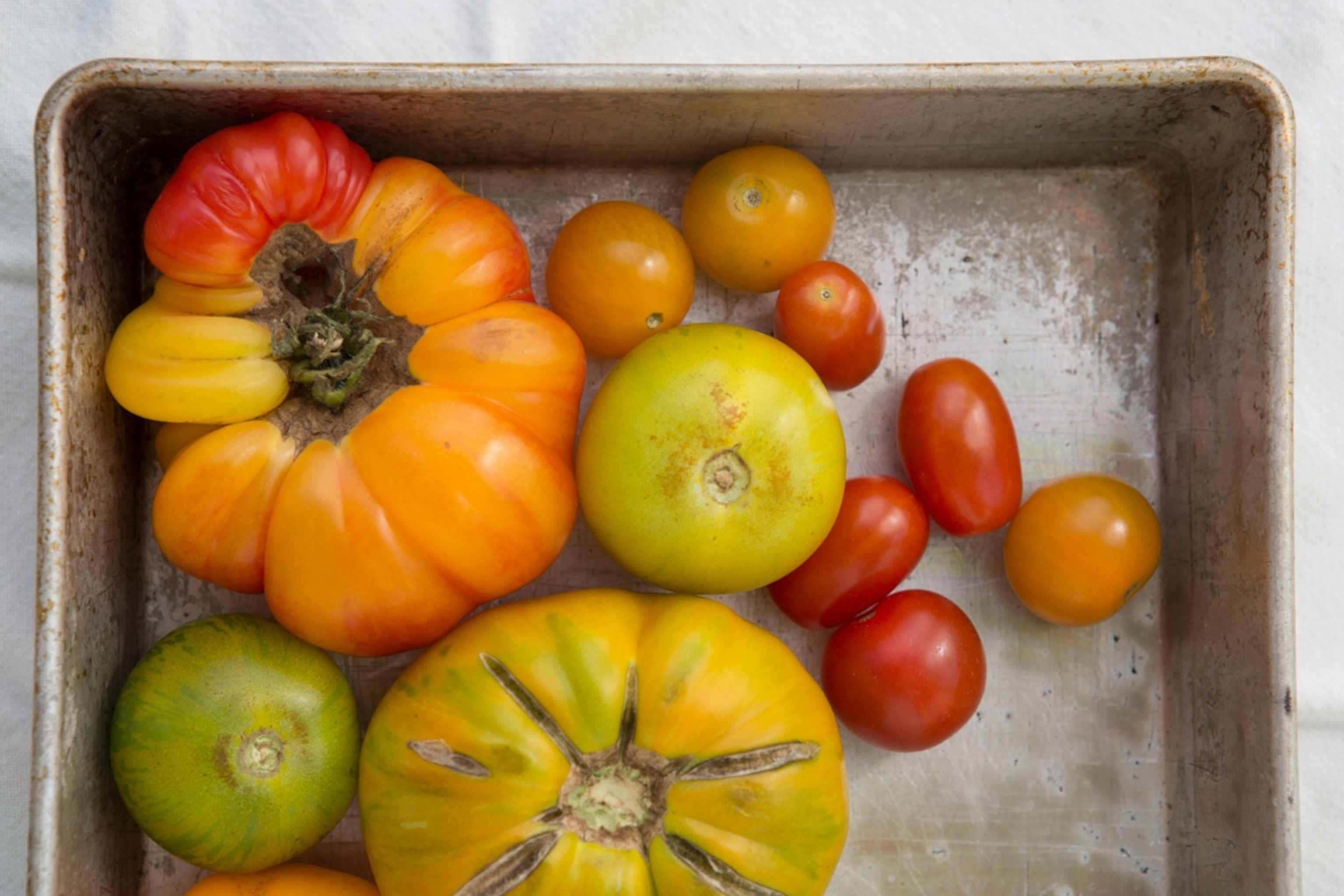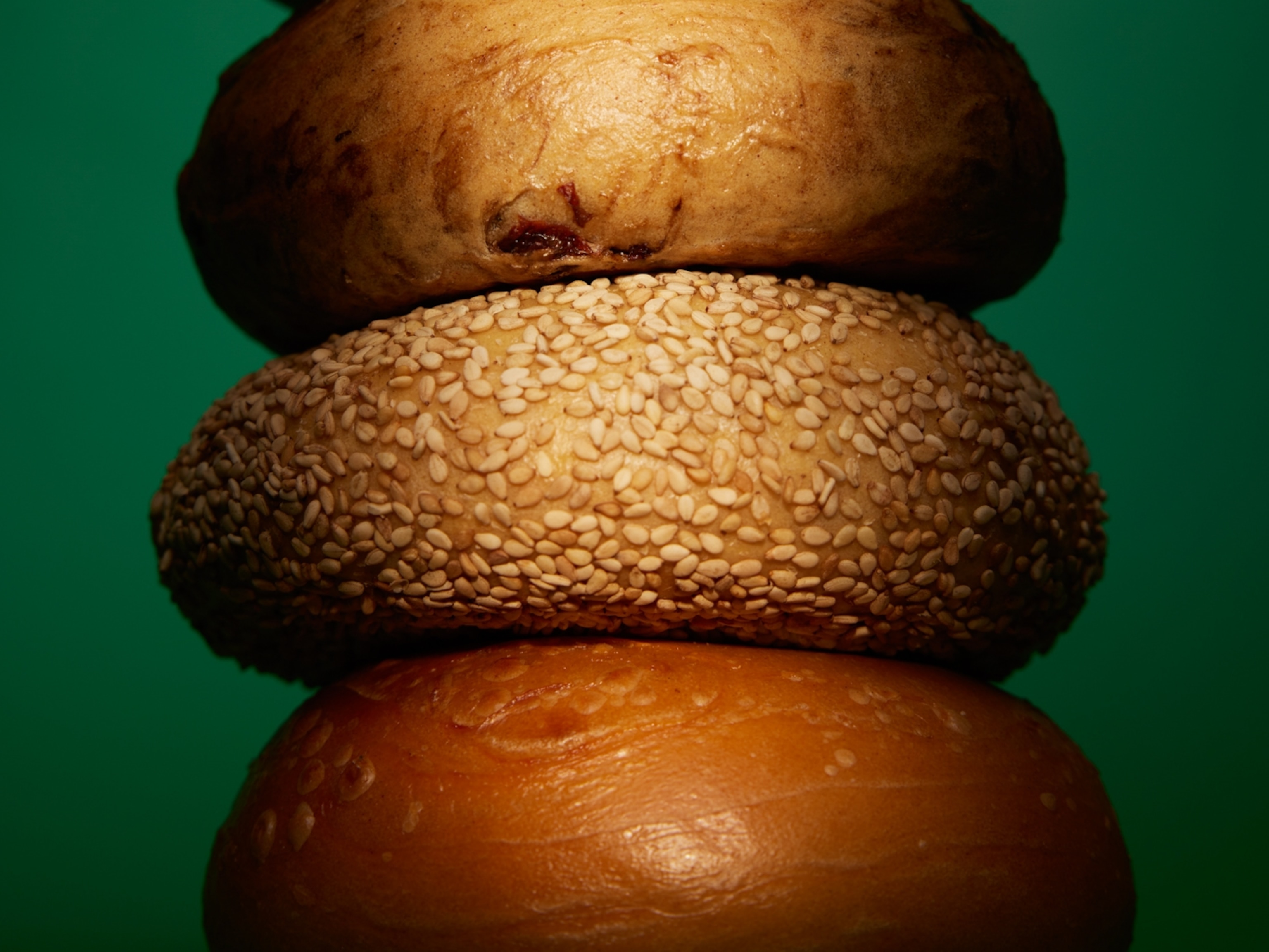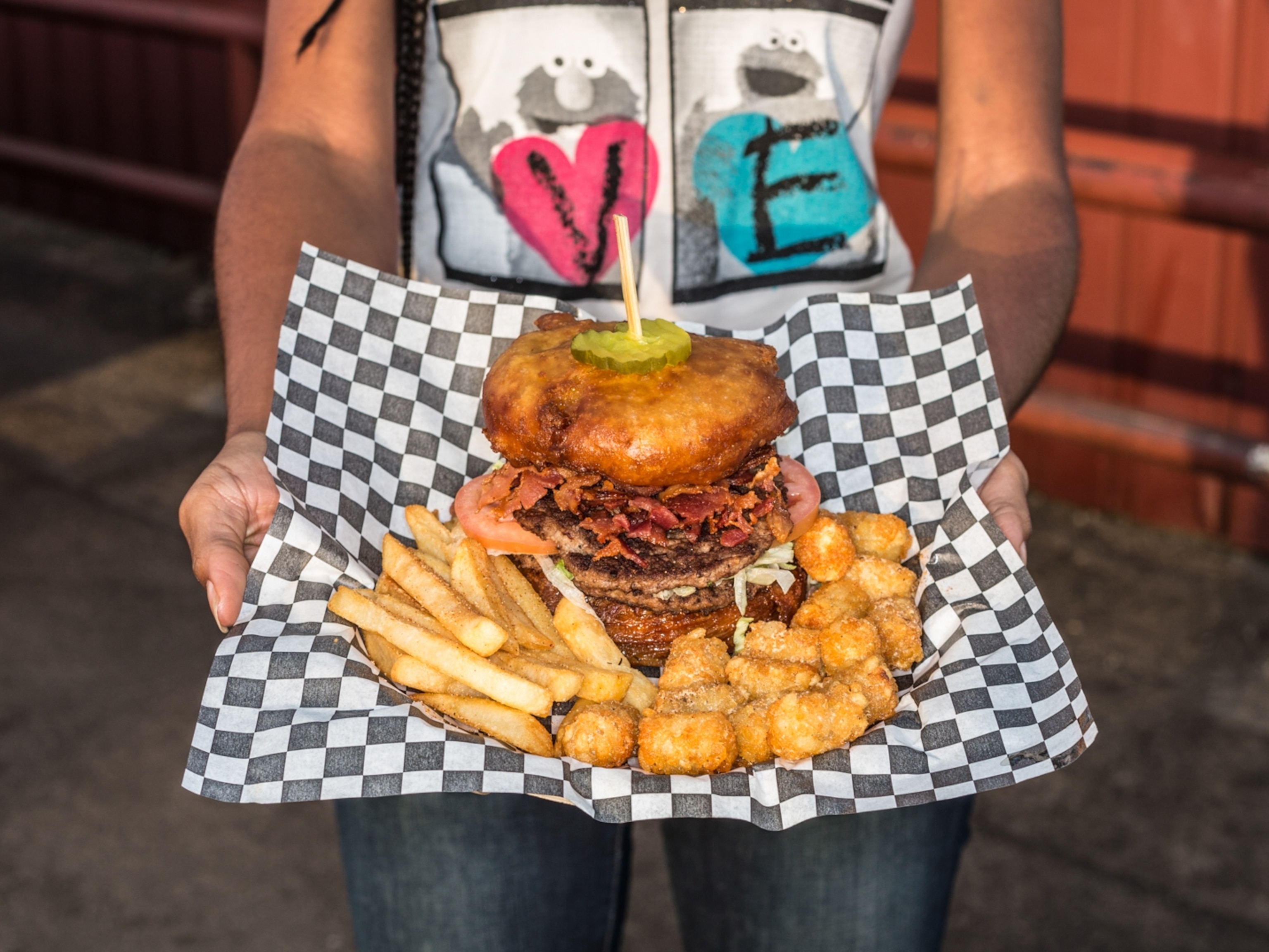We love to take photos of our food, anytime, anywhere. But a lot of those photos turn out pretty terrible, even if the food was fantastic, because we don’t take the time to think about how to get the best shot. I spend a lot of time thinking about getting a great food shot in the National Geographic studios. I’ve shot apples and beans to accompany pieces about heirloom food and a spread of forks that would make even the savviest diner scratch their head.
As you may know, The Plate just launched a photo challenge with National Geographic’s Your Shot community called #UglyFoodIsBeautiful to call attention to ways we can reduce food waste by grabbing those unloved veggies and putting them in the spotlight, and they asked me to offer some hints for better food shots. So if you want to join in, here are five ideas that will help you rise to the challenge, even if you only have a phone camera.
1. Light. A big, soft source is the easiest light to work with when you’re shooting food with your phone. This can mean shooting outside on an overcast day, or working inside near a window. If you’re shooting in your house, don’t be afraid to move your whole setup to the right location. Position yourself near a window and turn any harsh sun into a beautiful soft light by using a white sheet or translucent Flexfill.
If you’re inside, turn off lamps or overhead lights. Competing light sources will cast cross shadows, and the color temperature of the light in your house is different from daylight. It’ll be hard to correct for this later. If you’re taking shots of your food during a meal (and don’t pull out your big sheet for this unless you’re ready to get kicked out of the restaurant) it’s not always possible to have ideal light. To make the best of dim restaurant light, be sure to turn off your flash, which can look pretty harsh. Use the edge of the table or a glass to hold your phone steady and minimize shake.

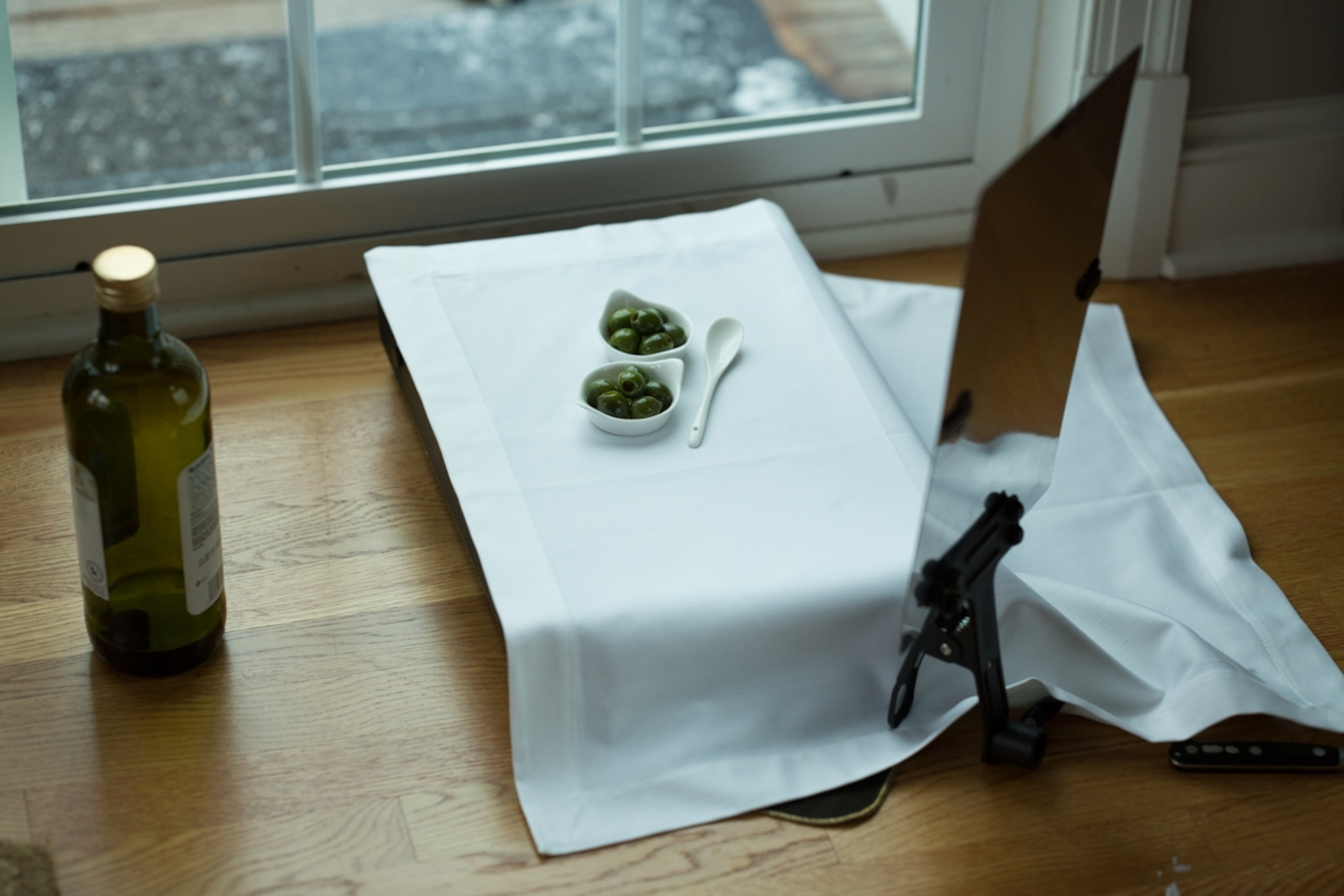
2. Know your equipment. Even if you’re just using your phone, there’s a lot you can control manually to make your images better. In addition to turning off your flash and positioning yourself near great light, you can select focus by tapping your screen, and on the iPhone you can adjust exposure by holding your finger on the right side screen and sliding it up or down. If there’s something particularly bright in your frame, your smartphone may be exposing for that bright thing. You can force your exposure down (or up) to achieve the aesthetic you want, not the one your phone thinks you want.
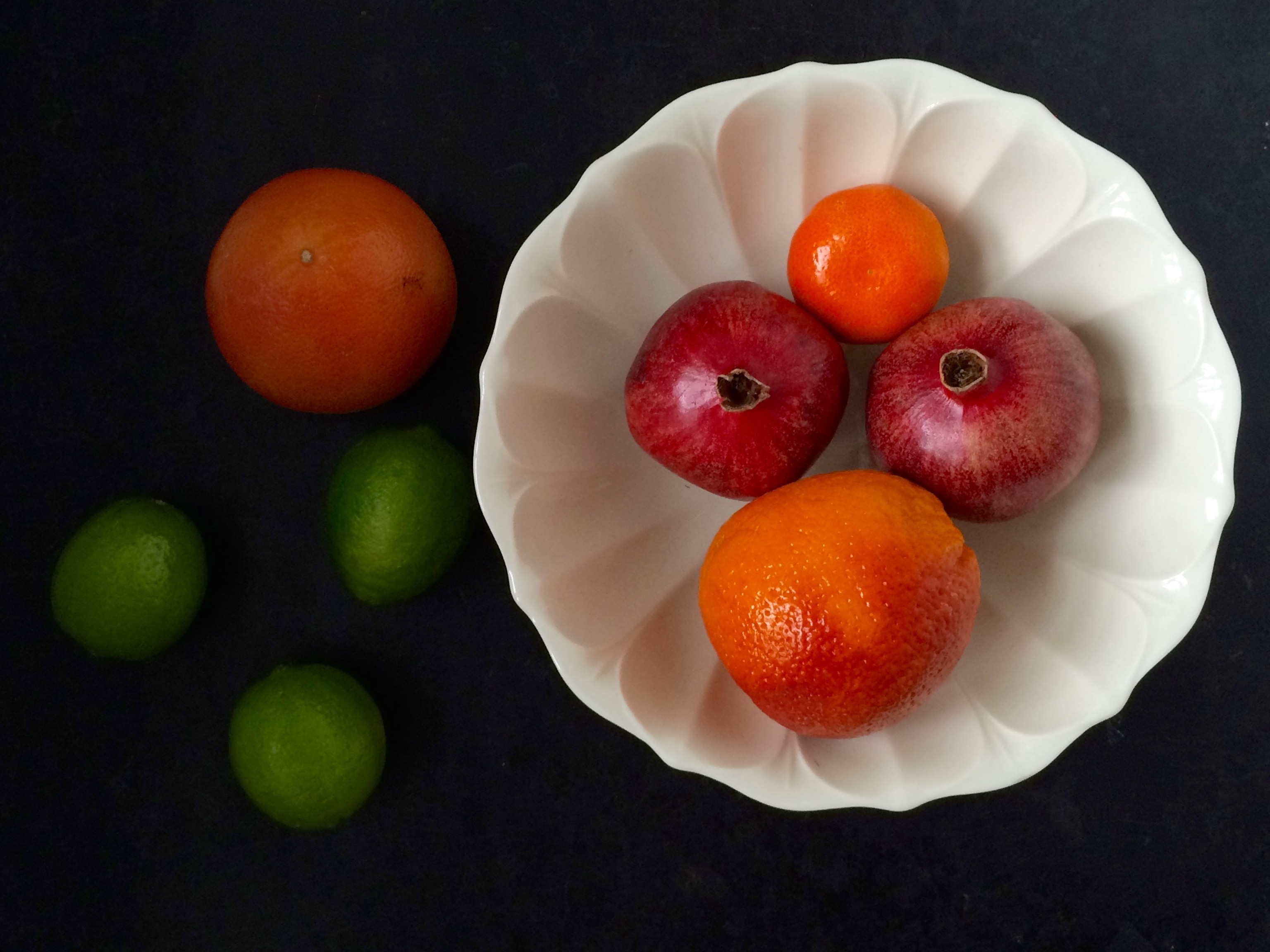

3. Think about framing. If you’re shooting with your smartphone, it can be difficult to shoot up close without getting distortion, especially if you’re photographing bowls and glasses. Shooting food from a 45 degree angle, which I tend to do if I’m using my DSLR, can be a tricky perspective to replicate with a phone. Shooting straight overhead is a good solution here. (For example, see the tomatoes at the top of the post).

4. Less is more. You don’t need to include everything in the shot. Sometimes a hint of silverware, or the edge of a glass is enough. The food photography I love most is evocative and gives a sense of place and taste. When you’re shooting, think about what elements might be distracting from what your trying to show. Don’t be afraid to move things out of the way and don’t get stuck shooting from one position. Simply moving to the other side of the table can transform the look and feel of your image.
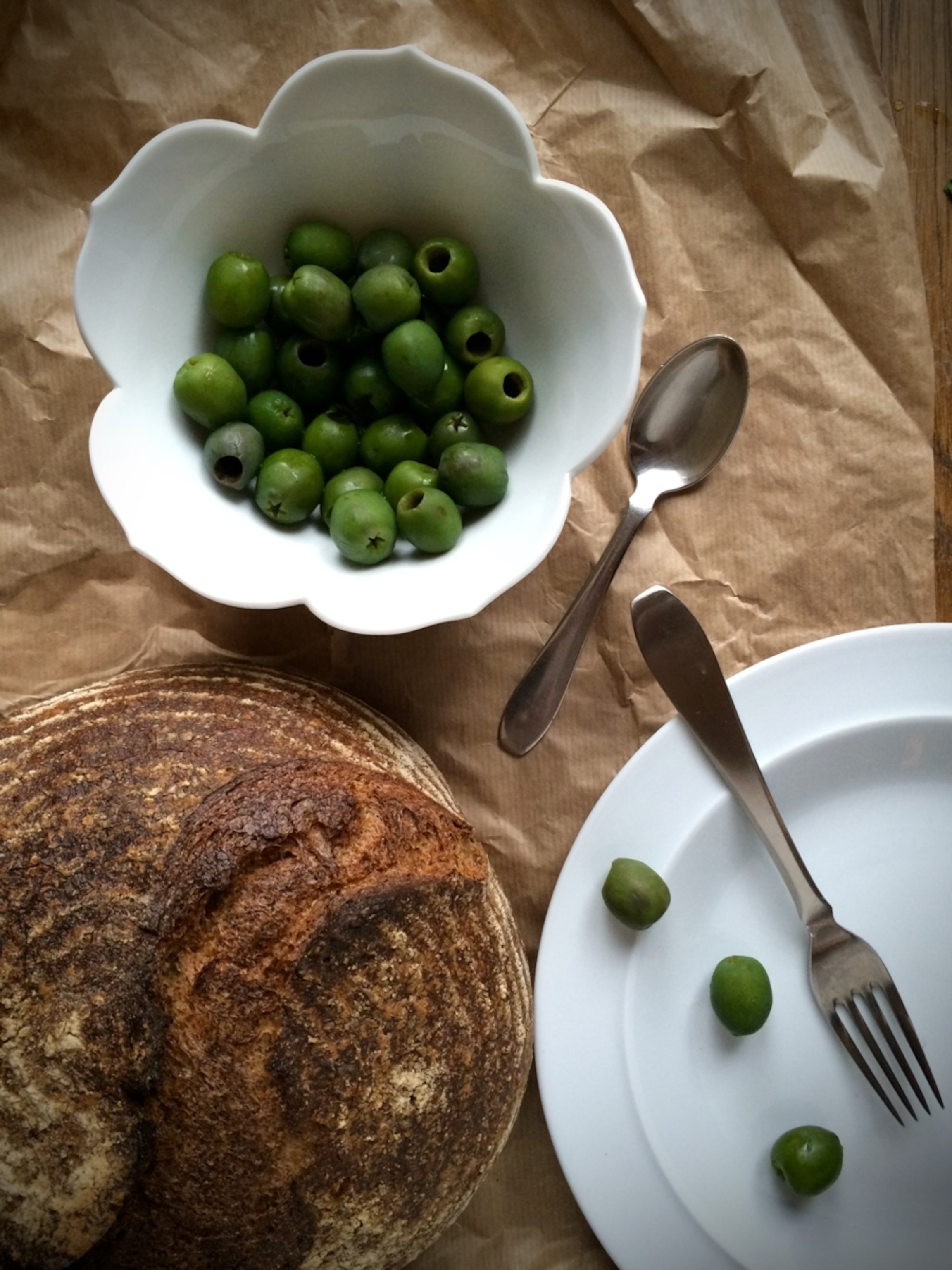
5. Filters. My rule of thumb when it comes to filters is that no mediocre image is going to be made great by a filter. So aim for making a great foundation image first. If a filter adds something to your shot, great, but don’t make the shot reliant on it. If I’m working exclusively on my phone, I tend to edit in VSCO or I’ll bring my images into Adobe Lightroom where it’s easy to adjust my highlights and exposure.
